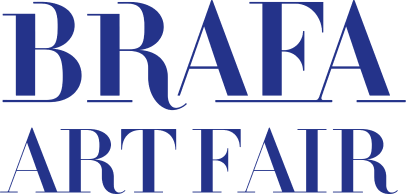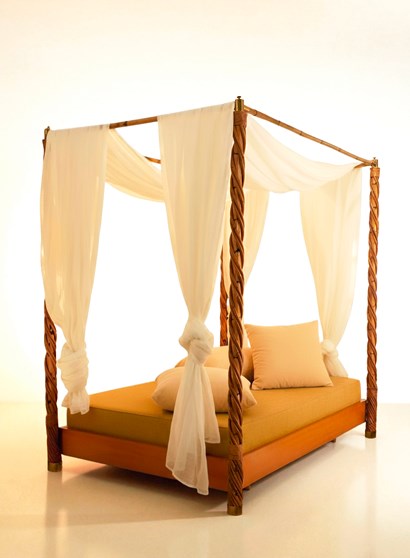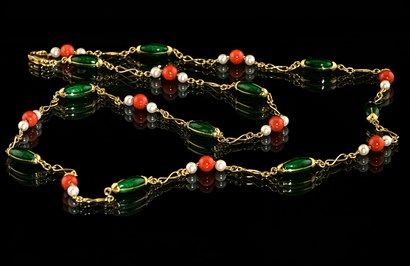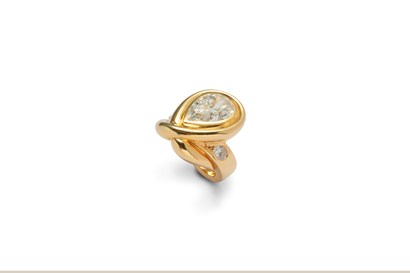This section will be available this Autumn.
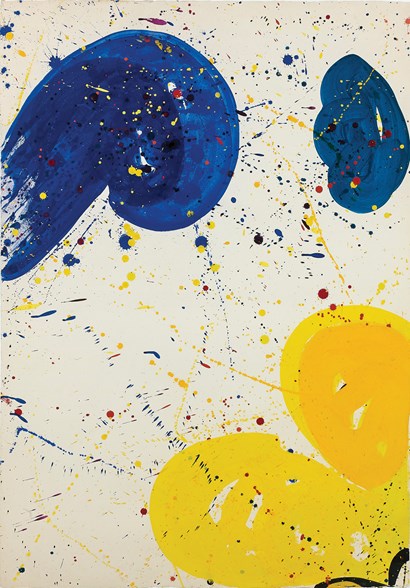
Galerie AB - Agnès Aittouarès
Sam Francis (California, 1923-1994) SF63-046, 1963 Acrylic on paper 90 x 63 cm Signed, dated and located Los Angeles on reverse Listed in the online catalogue raisonné of the artist under n° SF63-046 Provenance: Jean Fournier collection; private collection, Paris Exhibition: Paris, Galerie Jean Fournier, Sam Francis de 1947 à 1988 sur papier, October-November 1988

De Jonckheere
pieter brueghel the younger
Pieter Brueghel the Younger (Brussels 1564-1638 Antwerp) The Payment of the Tithe or the Village Lawyer, 1622 Oil on panel 78.9 x 123.2 cm Signed and dated: P. BREVGHEL, 1622 Provenance: private collection, Belgium; Galerie Legenhoek, Paris, 1991; private collection, France Literature: Ertz, Klaus, Pieter Brueghel der Jüngere: Die Gemälde mit kritischem Oeuvrekatalog, Lingen, Luca Verlag, Vol. I, 2000, p. 513, cat. E 507, repr.; Curie, Christina, Allart, Dominique, The Brue[H]el Phenomenon, Brussels, Royal Institute for Cultural Heritage, vol. III, p. 1030-1031 This Payment of the Tithe, or The Village Lawyer, is marked by Pieter Brueghel the Younger’s verve, meticulous execution, and vibrant colours. The satirical subject mocks the profession of the lawyer responsible for collecting the heavy tax that the poorest peasants struggled to pay. The grotesque faces of the petitioners, as well as the lawyer’s prognathous jaw - associating him with the Spanish authorities then in power - fascinate through their caricatural force. This original composition by Pieter Brueghel the Younger stimulated the market of the time, generating strong demand. The success of this still-relevant satire has endured to the present day.
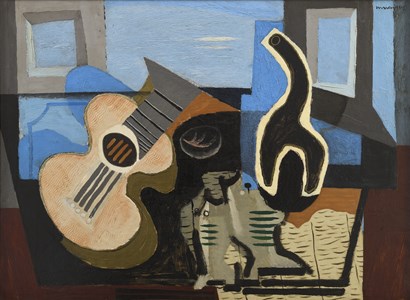
Galerie Berès
louis marcoussis
Louis Marcoussis (Poland, Warsaw 1883-1921 Cusset, France) Nature morte au flacon d'opaline, circa 1927 Oil on canvas 73 x 100 cm Signed lower right 'Marcoussis' Certificate of authenticity n° 1200H143 by Solange Milet on 4 December 2000 Literature: Les Cahiers d'Art, 1927, n° 7-8, p. 5

Galerie Berès
Georges Lemmen (Brussels, 1865-1916) Vue sur l'église de Dadizele, circa 1891 Oil on panel 16 x 24 cm Monogram lower right GL This work will be included in the forthcoming catalogue raisonné being prepared by Olivier Bertrand Literature: Roger Cardon, Georges Lemmen 1865-1916, Brussels, 1997, 40 p. 104
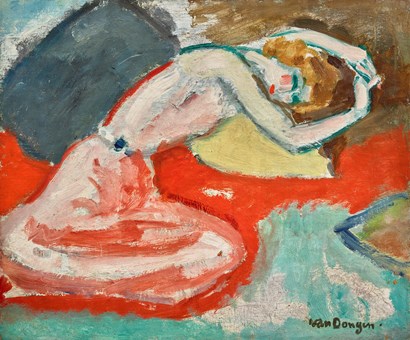
Galerie Jean-François Cazeau
kees van dongen
Kees Van Dongen (Rotterdam 1877-1968 Monaco) La Chemise or Femme penchée sur un coussin jaune Oil on canvas 48.5 x 55 cm Signed lower right This work will be included in the forthcoming catalogue raisonné of Kees Van Dongen compiled by the Wildenstein Plattner Institute Provenance: studio of the artist, Paris; private collection, France (Marquise de X); Palais Galliera, 18 May 1964, Paris; Jacques Pignet, Neuilly-sur-Seine, France; Galerie Koller, Zurich, November 1981; Paul Petridès, Paris, France Ader-Picard-Tajan, 25 June 1987, Paris; acquired by the current owner at the above sale Exhibitions: Paris, Galerie de Paris, La Cage aux Fauves, Salon d'Automne, 1905; Paris, Musée National d'Art Moderne, Van Dongen, 13 October-26 November 1967, n° 68; Rotterdam, Museum Boymans van Beuningen, Van Dongen, 8 December 1967-28 January, n° 20; Monaco, Nouveau Musée de Monaco, Kees Van Dongen, 25 June-7 September 2008, n° 139
_GeorgesJEANCLOS_T638915587955330883.tif?width=410&height=2000&qlt=90&scale=both&mode=max&format=jpeg)
Galerie Capazza
georges jeanclos
Georges Jeanclos (Paris, 1933-1997) Kamakura, 1991 Terracotta H 30 x W 45 x D 40 cm Provenance: the artist's studio Exhibition: Georges Jeanclos, Élévation, Abbaye Royale de Fontevraud, 25 November 2023-4 March 2024 The Kamakura series was inspired by Georges Jeanclos' trip to Japan, which took him to the country's ancient medieval capital, home to the oldest Japanese Zen gardens. Jeanclos was deeply moved by the beauty and serenity that emanated from these meditative and contemplative landscapes. Upon his return to Paris, these characters were born, sculptures of resilience, ‘monks in meditation, spectators of their inner gardens’ (Tzvetan Todorov). Georges Jeanclos (1933–1997) was one of the great French sculptors of the 20th century. His work was inspired by the traumatic events of the Second World War. To escape the roundups threatening Jews in France, his family had to hide in the woods; he himself, aged around ten, learned to live with the danger of death. In the aftermath of the Liberation, he saw the bodies of former collaborators hanging from lampposts; shortly afterwards, he discovered the skeletal beings who had survived the camps. Decades later, Jeanclos would respond to this formative experience: not by withdrawing into his own experiences, but by opening himself up to the universal, listening to all suffering, past and present; not by depicting horror, but by finding within himself the strength to create beauty. Jeanclos transforms the earth he works with into thin sheets, which he uses to form figures with similar faces, both children and adults, men and women. They are sleepers lying under a sheet of earth; beings enclosed in urns stamped with Hebrew letters taken from prayers for the dead; figures loaded onto boats bound for the other world; kamakuras, meditating monks. Later, he would add Pietàs, Adam and Eve in love, couples brushing against or embracing each other. Jeanclos' images reveal both the insignificance of our person and the indomitable strength of our love; by their mere existence, they help us to live. Tzvetan Todorov

Galeria Bessa Pereira
Abraham Palatnik (Brasil, Natal 1928-2020 Rio de Janeiro) Cupboard, 1950s Iron, wood and painted glass H 90 x W 150 x D 49 cm Origin: Brasil Provenance: private collection, Rio de Janeiro; Galeria Bessa Pereira collection Literature: Vicente, A., & Vasconcellos, M. (Comps.), Móvel moderno brasileiro (1st edition), São Paulo: Olhares, 2017, pp. 244-245; Vasconcellos, M., Móvel brasileiro moderno (1st edition), Rio de Janeiro: Aeroplano, 2012, p. 193
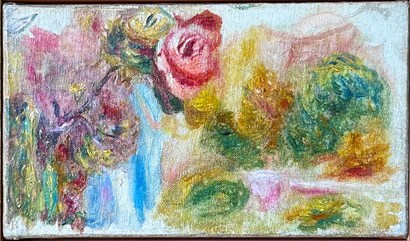
Galerie Hurtebize
pierre-auguste renoir
Pierre-Auguste Renoir (Limoges 1841-1919 Cagnes-sur-Mer) Composition, Paysages et Fleurs, circa 1910 Oil on canvas 15 x 25.5 cm Initial R bottom left Certificate of authenticity from the Wildenstein Institute n°24.05.29/21585 dated 12 June 2024 Provenance: private collection, France
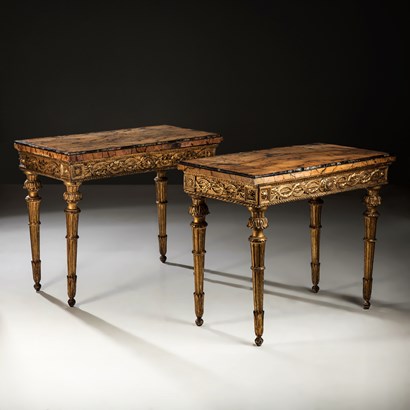
Vagabond Antiques
Pair of Roman console tables Roman Neoclassical period, circa 1770 Veneer, Sienna marble, Breccia Africana marble H 90 x W 112 x D 56 cm Provenance: previously in the collection of Cardinal Vincenzo Vannutelli (1836-1930), Dean of the College of Cardinals; thence by descent; collection of the fashion designer Stefano Gabbana Each with a rectangular top butterfly veneer in richly figured Siena marble, edged in a contrasting band of Breccia Africana marble. The frieze is crisply carved with classical laurel swags, centres by rosettes and anthemion motifs and set against a punched ground to catch the light. The square corner blocks are decorated with stylised sunflowers. The tapering fluted legs are carved in three sections, with boldly gadrooned collars and stiff-leaf details above toupie feet. The carving is of sharp quality throughout, with well-preserved original gilding enhancing the architectural lines of the design.

Victor Werner
constant permeke
Constant Permeke (Antwerp 1886-1952 Ostend) Head of farmer, 1926 Oil on canvas 80 x 55 cm Signed 'Permeke' lower right Bears a label on the reverse that likely indicates the artwork was part of an exhibition organised with the support or involvement of the Belgian Ministry of Public Education at the time
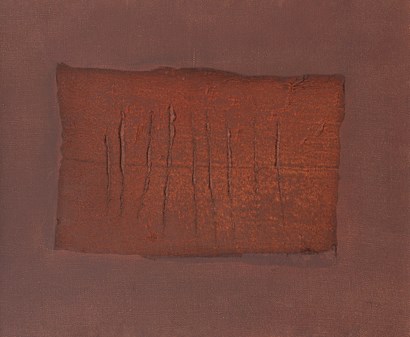
Maurice Verbaet Gallery
Jef Verheyen (Belgium, Itegem 1932-1984 Apt, France) Hommage à Fontana, 1959 Oil, collage on canvas 50 x 60.5 cm Provenance: Hans Liechti, Grenchen; private collection, Switzerland Literature: Willy Van den Bussche and Léonore Verheyen, Retrospective Jef Verheyen 1932–1984 (Ostend/Bruges: PMMK – Provincial Museum of Modern Art / Stichting Kunstboek, 1994), p. 76 Exhibitions: Retrospektive Jef Verheyen 1932-1984, Josef Albers Museum Quadrat, Bottrop, 10 July-4 September 1994; Retrospectieve Jef Verheyen 1932-1984, PMMK Museum voor Moderne Kunst Ostende, 26 March-13 June 1994

Galerie Boulakia
Joan Miró (Barcelona 1893-1983 Palma) Des figures devant la lune, 1942 Pastel, gouache, wash, brush, ink, and pencil on paper 64.5 x 48.5 cm Signed 'Joan Miró' (lower right) Dated 'X Barcelone, 18-12-1942' and titled on reverse Certificate of authenticity from ADOM dated 13 July 2018 Provenance: Pierre Matisse Gallery, New York; Galleria Narciso, Turin Exhibitions: Traveling exhibition Japan, 1984, reproduced cat. n° 17; Ferrara, Palais des Diamants, Joan Miró, 1985, n° 81; Cherasco, Palazzo Salmatoris, Chagall, Miró, Magritte : La Poesia del Sogno, September-December 2005; Paris, Exhibition Jean Louis Prat-Galerie Lelong, Grand Palais, September-October 2018; Mons, Musée des Beaux-Arts de Mons, Belgium, Exposition Joan Miro : L’essence des choses passées et présentes, October 2022-January 2023, repr. in cat. Literature: Jacques Dupin, Ariane Lelong-Mainaud, Joan Miro : catalogue raisonné, Volume II, 1931-1941, Editions Maeght-Lelong, Paris, 2000; Joan Miró exhibition catalogue, L'essence des choses passées et présentes, Editions BAM, Musée des Beaux-Arts de Mons, Belgium, 2022

Virginie Devillez Fine Art
pierre-louis flouquet
Pierre-Louis Flouquet (Paris 1900-1967 Brussels) Féminités, circa 1923-1925 Oil on canvas 125 x 87 cm Signed lower right 'flouquet' Provenance: Galerie Patrick Derom, Brussels; private collection, Brussels; private collection, Brussels (by descent to the present owner) Literature: Serge Goyens de Heusch, Pierre-Louis Flouquet. 1900-1967, Brussels, Fondation pour l’Art belge, 1993, (ill. p. 56) Exhibitions: Brussels, Galerie Patrick Derom, The Avant-garde of the 1920s in Belgium, 1992, cat. n° 12 (ill.); Drogenbos, FeliXart Museum, L’Équerre / 7 Arts 1923, scenographic reconstruction of the fair stand of the publishing house L’Équerre, 2008-2011, no catalogue published Born in Paris, Pierre-Louis Flouquet was nine years old when his family moved to Brussels. Mainly self-taught, he received a brief artistic education at the Académie des Beaux-Arts in Brussels, where he met, among others, Victor Servranckx and René Magritte. The latter soon shared a studio with Flouquet, who began producing geometric works that represented a true synthesis of Cubism and Futurism. Throughout the 1920s, Flouquet exhibited frequently on the international stage - in Paris, Madrid, New York, Chicago, Buenos Aires, and Berlin, at the Galerie Der Sturm. For the gallery’s eponymous magazine, Flouquet even designed a large number of covers. During this period, he developed an art that evolved primarily through distinct series: Paysage plastique, Féminités, Composition, Formes, and Construction. The large-scale painting Féminités belongs to the series of the same name, begun in 1922, which explores geometric variations on the morphology of the female body. The rigor and purity that Flouquet infused into these anthropomorphic stylizations - further emphasized by his distinctive sense of composition - reveal his fascination with the formal perfection of the new technological creations of the modern age. Yet, in Flouquet’s work, as in that of Fernand Léger, such faith in mechanical forms does not lead to a total rejection of figuration, but rather to a search for plastic correspondences between the human and the machine. The composition Féminités is particularly harmonious, achieving a balance between line and color, enhanced by a marble-like background that lends warmth to the work.
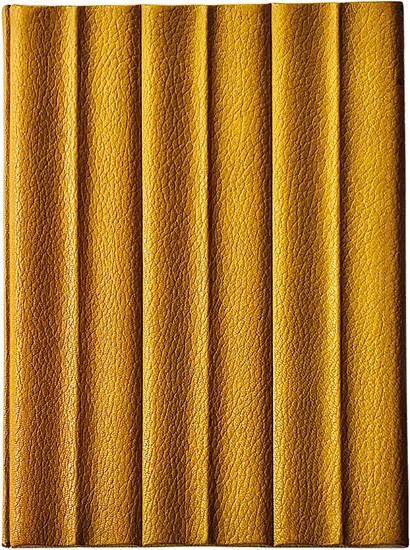
Chambre professionnelle belge de la Librairie Ancienne et Moderne (CLAM)
Unique binding of incredible modernity, produced circa 1925 by the great architect and designer Josef Hoffmann (Pirnitz 1870-1956 Vienna), one of the founding members of the Wiener Werkstätte and the creator of the fabulous Palais Stoclet in Brussels. Large quarto, full fawn morocco on wooden boards with undulating decor, dark fuchsia silk doublure and endpapers, interior gilt signature Wiener Werkstätte with, above, Hoffmann's small gilt monogrammed mark. On: Henny Bauer & Wilhelm Kienzl, Sanctissimum (1924), first edition of the score for voice and piano. Signed by Josef Hoffmann Literature: Isabella Croÿ-Frick, Bookbinding and Leather in Christian Witt-Dörring & Janis Staggs, Wiener Werkstätte 1903-1932, The Luxury of Beauty, (2017), pp. 192-211; MAK Wien: Archiv der Wiener Werkstätte, Entwurfszeichnungen, Bucheinband, inventarnummer WWE 24-9; Yves Peyré, Histoire de la reliure de création, (2005), p. 138, p. 140; Ruperta Pichler, Wiener Werkstätte. Lederobjekte aus den Sammlungen des Österreichischen Museums für angewandte Kunst, (1992), pp. 77-92; Werner J. Schweiger, Wiener Werkstätte, art et artisanat, 1903-1932, (1982), p. 183 Pierre Coumans, Antiquarian bookseller
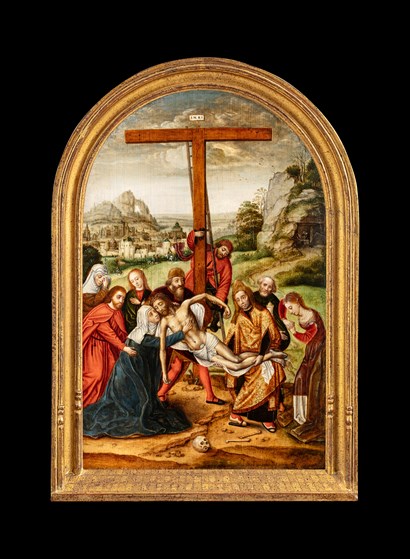
Franck Anelli Fine Art
Marcellus Coffermans (active in Antwerp, 1549-1578) Deposition of Christ, circa 1570 Oil on panel 32.7 x 21 cm Provenance: anonymous sale, Amsterdam, Christie's, 15 May 2002, lot 97 (as Marcellus Coffermans); private collection, Europe; from 2020, private collection, California Literature: M. Leeflang, Gemaakt in Antwerpen, bestemd voor Spanje? in Catharijne, Magazine van Museum Catharijneconvent Utrecht 2 (2010), p. 11, repr. Exhibition: Utrecht, Museum het Catherijneconvent, long-term loan, 2010-2020 Marcellus Coffermans deserves credit for bringing together a unique composition, the great deposition and the descent from the cross.
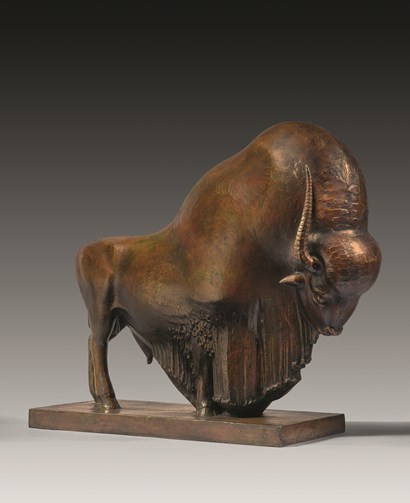
Galerie Nicolas Bourriaud
jacq orlande sinapi
Jacq Orlande Sinapi (Marseille, 1911-1989) Bison, circa 1940 Bronze with nuanced brown patina Cast by Leblanc-Barbedienne and bearing the foundry's stamp H 50 x W 57 x D 21 cm Signed ‘Jacq Orlande Sinapi’ Only two pieces known to date Provenance: private collection, France

